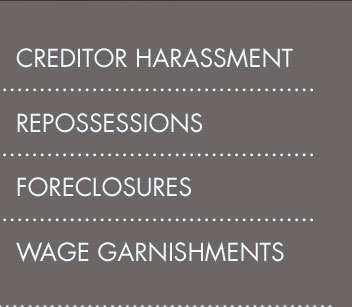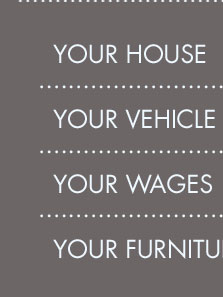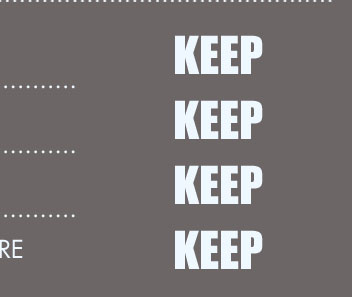 |
 |
 |
|---|
 |
 |
 |
|---|---|---|
 |
 |
 |
 |
 |
 |
|---|---|---|
 |
 |
 |
 |
Filing Bankruptcy in MD: A Comprehensive Guide
Filing for bankruptcy in Maryland can be a daunting process, but understanding the steps involved can help ease the burden. This guide provides essential information about the types of bankruptcy, the filing process, and considerations specific to Maryland.
Understanding Bankruptcy Types
In Maryland, individuals typically file for either Chapter 7 or Chapter 13 bankruptcy. Each type has distinct characteristics and requirements.
Chapter 7 Bankruptcy
Chapter 7, also known as liquidation bankruptcy, involves selling off non-exempt assets to pay creditors. It's designed for individuals with limited income who cannot repay their debts.
Chapter 13 Bankruptcy
Chapter 13 allows individuals to reorganize their debt and create a repayment plan that lasts three to five years. This option is suited for those with a regular income who wish to retain their property.
The Bankruptcy Filing Process
Filing for bankruptcy involves several crucial steps:
- Credit Counseling: Before filing, individuals must complete a credit counseling course from an approved provider.
- Filing the Petition: The next step is submitting the bankruptcy petition along with required forms and fees to the Maryland Bankruptcy Court.
- Automatic Stay: Once filed, an automatic stay goes into effect, stopping most collection actions against the debtor.
- Meeting of Creditors: Debtors must attend a meeting where creditors can ask questions about the bankruptcy and their financial situation.
- Debt Discharge: If all requirements are met, eligible debts may be discharged, freeing the debtor from personal liability.
For detailed guidance, check resources on how to file for bankruptcy in houston texas, which shares insights applicable to Maryland residents too.
Maryland-Specific Considerations
When filing for bankruptcy in Maryland, consider these state-specific factors:
- Exemptions: Maryland law allows certain property exemptions, including a homestead exemption, which may affect what assets can be retained.
- State Laws: Maryland requires adherence to its specific procedural rules and deadlines.
Additionally, reviewing bankruptcy law center reviews can help identify reliable legal assistance tailored to Maryland’s legal landscape.
FAQ
What is the cost of filing bankruptcy in Maryland?
The cost varies, but typically includes court fees and attorney fees. Court filing fees for Chapter 7 are approximately $338, while Chapter 13 costs around $313.
How long does the bankruptcy process take in Maryland?
Chapter 7 bankruptcy usually takes about four to six months from filing to discharge. Chapter 13 bankruptcy takes three to five years, as it involves a repayment plan.
Can all debts be discharged through bankruptcy in Maryland?
Not all debts can be discharged. Common non-dischargeable debts include student loans, child support, and certain taxes.
Understanding these aspects of filing bankruptcy in Maryland can empower individuals to navigate their financial challenges effectively and make informed decisions about their financial future.
Bankruptcy Filing - Any taxpayer that has a tax liability must list the Comptroller of Maryland (Comptroller) as a creditor on their bankruptcy petition ...
Bankruptcy law is federal law, and all bankruptcy cases are handled in federal court. Filing bankruptcy can immediately stop debt collection actions against you ...
To begin the bankruptcy process you must itemize your current income sources; major financial transactions for the last two years; monthly living expenses; ...
![]()